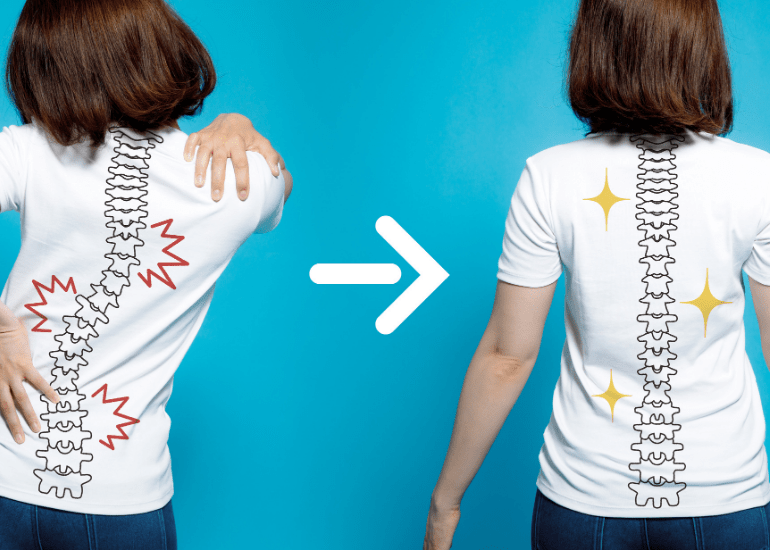
15 Oct Scoliosis: How easy is it to detect?
Scoliosis: How easy is it to detect?
Detection can be a challenging task for several reasons. You might think that when a curve is present in the spine that a child or teen might have some pain but this isn’t the case. In fact, it is quite rare for kids to feel pain when they have scoliosis even when the curve is quite large 4. Because the scoliosis is idiopathic, there aren’t typically any other health problems. In contrast, when scoliosis is neuro-muscular or congenital there are often other problems such as in neuro-muscular patients who often are unable to walk around on their own 5.
Because of the lack of symptoms, efforts have been made to try and catch mild cases early through pro-active school screenings. However even this has proven difficult due to problems with the screening process. Sadly, these problems and the inaccuracy of traditional school screenings have resulted in several counties ending their school screening programs.
Any good screening method should have excellent sensitivity and excellent specificity. Sensitivity measures how well positive cases (kids who actually HAVE the illness) are detected, while specificity measures how well negative cases (kids who DON’T have it) are detected. The “gold standard” for scoliosis screening across the world has traditionally been one or more of the four following tests:
- Adam’s forward bending test
- Measuring rotation with a scoliometer
- Measuring any rib hump that is present
- Using moiré topography to make a scanned image of the back
We can help with treatments from mild to severe Scoliosis at our clinic in chelmsford, Essex. Visit our Posture and Scoliosis page here
